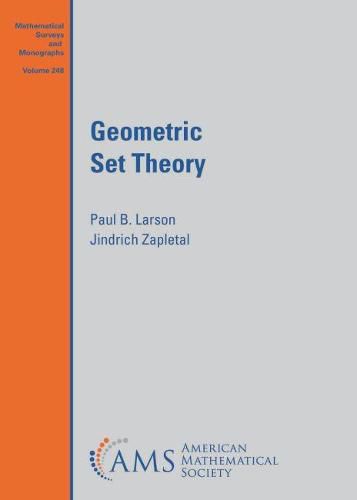Readings Newsletter
Become a Readings Member to make your shopping experience even easier.
Sign in or sign up for free!
You’re not far away from qualifying for FREE standard shipping within Australia
You’ve qualified for FREE standard shipping within Australia
The cart is loading…






This book introduces a new research direction in set theory: the study of models of set theory with respect to their extensional overlap or disagreement. In Part I, the method is applied to isolate new distinctions between Borel equivalence relations. Part II contains applications to independence results in Zermelo-Fraenkel set theory without Axiom of Choice. The method makes it possible to classify in great detail various paradoxical objects obtained using the Axiom of Choice; the classifying criterion is a ZF-provable implication between the existence of such objects. The book considers a broad spectrum of objects from analysis, algebra, and combinatorics: ultrafilters, Hamel bases, transcendence bases, colorings of Borel graphs, discontinuous homomorphisms between Polish groups, and many more. The topic is nearly inexhaustible in its variety, and many directions invite further investigation.
$9.00 standard shipping within Australia
FREE standard shipping within Australia for orders over $100.00
Express & International shipping calculated at checkout
This book introduces a new research direction in set theory: the study of models of set theory with respect to their extensional overlap or disagreement. In Part I, the method is applied to isolate new distinctions between Borel equivalence relations. Part II contains applications to independence results in Zermelo-Fraenkel set theory without Axiom of Choice. The method makes it possible to classify in great detail various paradoxical objects obtained using the Axiom of Choice; the classifying criterion is a ZF-provable implication between the existence of such objects. The book considers a broad spectrum of objects from analysis, algebra, and combinatorics: ultrafilters, Hamel bases, transcendence bases, colorings of Borel graphs, discontinuous homomorphisms between Polish groups, and many more. The topic is nearly inexhaustible in its variety, and many directions invite further investigation.